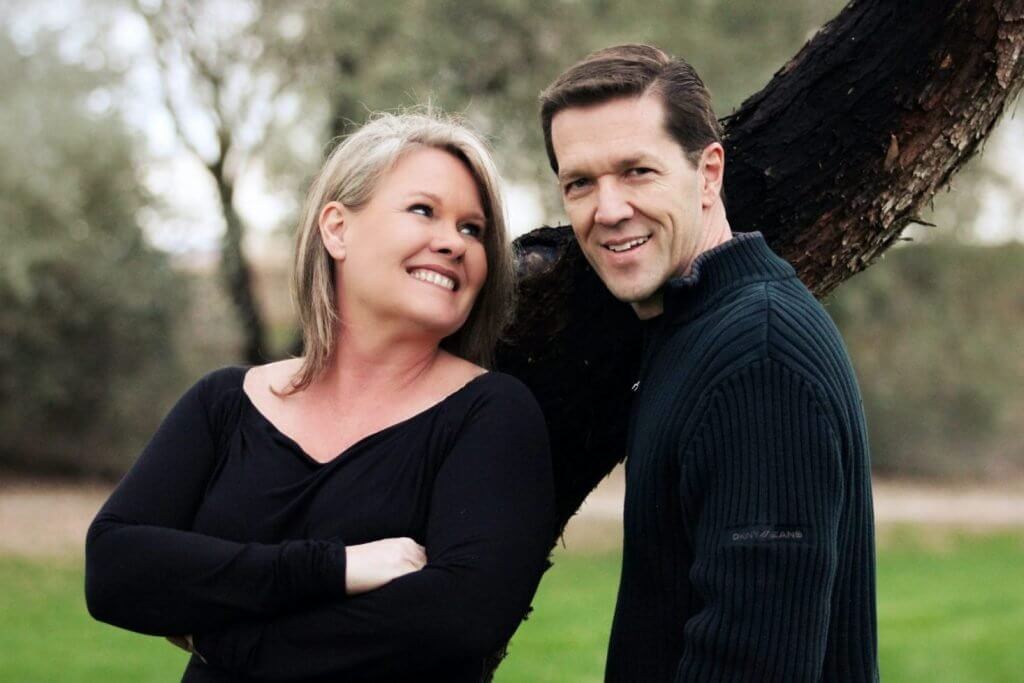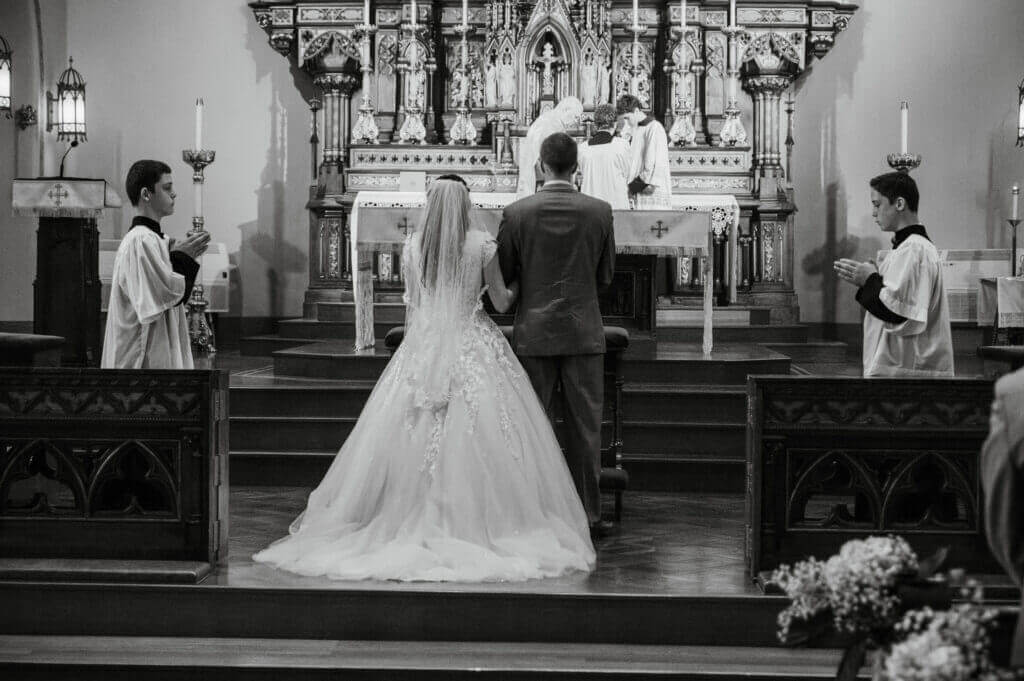Within the Catholic world, what constitutes a “traditional marriage” can be the subject of heated debate.
Whether it’s on dating sites like CatholicMatch or general Catholic content sites, message forums and com-boxes can become nasty places as people offer their differing interpretations. Relationships and even friendships that might have blossomed get cut short.
Randall Smith at The Catholic Thing wrote a thought-provoking column where he warned men against advertising their desire for a “traditional Catholic wife.” Smith warned Catholic men that the women they are seeking would see the label as code for “you want a woman who will stay home, cook, clean, and take care of the babies, while you work all day. To put this another way, you want your mother.”
I certainly won’t claim to know if Smith is right in how Catholic women interpret the phrase and I won’t even claim any special insight into what Catholic men mean what they say it. Most people mean something different, and even nuanced differences in interpretation can have significant consequences.
But in general, I think its safe to presume that most people on a place like CatholicMatch would presume that a traditional family would look something like this…
*The husband goes out to work while the wife stays home with the kids
*The kids are sent to Catholic schools
*The husband earns enough of an income to at least give the kids a head start on paying for college
That’s a traditional framework firmly rooted in the 1950s and there’s nothing wrong with desiring that.
But what if that really isn’t “traditional” at all?
The very nature of the economy underwent drastic changes in the late 19th century and on through the 20th century. Prior to that, husbands and wives both stayed home. Working the farm was the most common way to earn a living. Or maybe someone was a blacksmith working out of their house. It was the Industrial Revolution that ushered in the age of leaving the land to work and earn income.
That same period is where you can start to trace a gradual decline in the stability of the nuclear family. Smith correctly points out that it was the husband leaving the house that triggered the decline. The wife leaving the house to work facilitated what was already underway.
The notion of a Catholic school system that goes K-12 is something else that’s relatively modern, and with both parents working, it’s now common to delegate basic teaching of the Faith to the schools. Whether that ever worked, including in the 1950s, is a subject well beyond the scope of this article. But it was never intended for parents to wash their hands of the most fundamental obligation they have in the education of their children.
Finally, for the latter part of the 20th century, college education became both accessible to everyone and at least seemed to be a basic prerequisite for success. Parents started college funds for their kids as soon as they were born. But along the way, costs kept rising. Government responded with scholarships and aid programs that ensured higher education wouldn’t just be the province of the wealthy.
The end result? A college degree is now something that will leave you in substantial debt while not always offering a competitive edge in the workplace.
Thus, the three cornerstone elements of what many people perceive as the “traditional Catholic marriage” are either relatively modern responses to economic change, becoming irrelevant, or both.
And now the world is changing again.
An economy that was rapidly moving toward a more mobile workforce has been pushed by COVID-19 and the subsequent shutdown to allow for more working from home. The potential for e-commerce businesses, able to run at home, opens up new possibilities for husbands and wives to work in tandem. Smith’s article points out that the very name “cottage industries” stems from the fact that couples used to work together in the cottage.
Homeschooling has also become more widely available, with networks extensive enough that it no longer has to mean social isolation for kids.
The concept of college was already facing potential changes as the political discourse sought to deal with vocational and apprenticeship opportunities where appropriate, rather than jamming everyone into a one-size-fits-all university program. COVID-19, with many colleges (most notably Harvard) choosing to offer only online education while still charging full tuition prices, will likely accelerate the desire of many parents and students to look at alternatives for their futures.
All of these changes come back to a simple theme—bringing economic life back “to the land” so to speak.
We might not be heading out to milk the cows or work the fields, but more and more people aren’t going to be leaving the land to make a living. That also means that the differentiation of tasks between husband and wife won’t be as neat and clean as it is under the 1950s framework.
To be a Catholic is to be traditional, and all tradition comes back to living a virtuous life. So if you’re corresponding or talking with someone on CatholicMatch and they’ve made some remarks about being traditional (or not) that have you concerned, just return to the basics.
Pray for the theological virtues of faith, hope and charity. Practice the cardinal virtues of prudence, justice, fortitude and temperance. Ask the person you’re communicating with to do the same. Then talk about specific concrete situations in life that might arise and how you would want to handle them.
You might react to the word “traditional” a little differently. But you might find out that deep down, there’s no real difference worth ending a potential relationship over.



